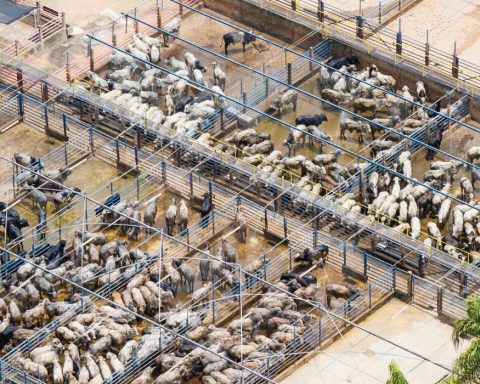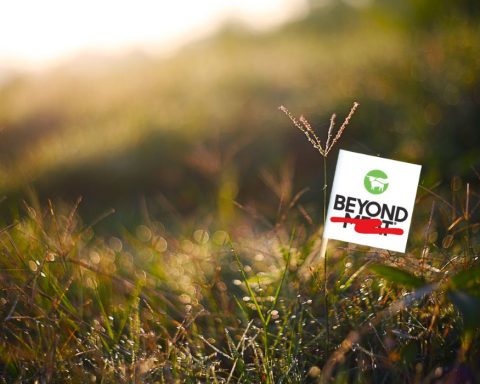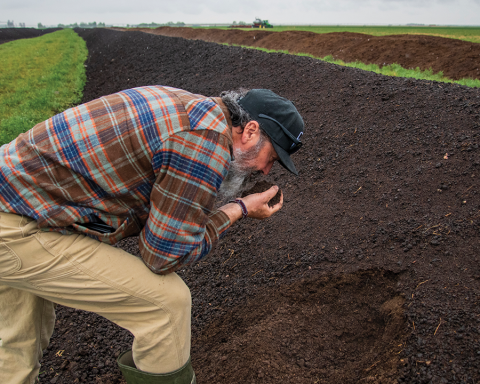For the environmentally conscious consumer, every choice can seem fraught—from beef to t-shirts to electronics, few products fail to produce a frisson of guilt at the checkout. Surely a wholesome glass of orange juice is exempt? Maybe, maybe not.
While industry figures are not known, Tropicana took the well-publicized step early in 2009 of calculating the carbon footprint of a half-gallon carton of their not-from-concentrate “Pure Premium.” Only nine per cent of the 1.7 kg carbon dioxide equivalent (CO2e) total resulted from distribution, while a staggering 35 per cent came solely from fertilizer and another 18 per cent from agricultural fuel use.
Not-from-concentrate OJ is pasteurized in an energy-intensive process, stored for up to a year, and shipped in enormous tankers to world markets. Frozen concentrate orange juice takes less energy to ship but uses more in the initial evaporation process. According to a 2000 Sustain publication, 100 kg of fossil fuels are used to produce every ton of OJ, and each glass requires 22 glasses of processing water (Tropicana says this number is now closer to 2.5 glasses of water per glass of juice).
Regardless of the type of orange juice in your glass, chances are even that it came from Brazil, where half of the world’s juice oranges are now grown. Other major orange producers include the US, Mexico, and China.
Brazil’s Institute of Food Technology (ITAL) produced a life-cycle assessment of frozen-concentrate orange juice in June 2009 and found that only 21 per cent of farms in the province of Sao Paulo showed “good” environmental performance, as defined by consumption of pesticides, fertilizers, soil correctors and land use below the weighted average. Most local farmers are over-consuming fertilizers, which can lead to eutrophication and human health impacts. Growing oranges for juice can also reduce native biodiversity through habitat conversion, especially as farmers increase their acreage beyond prime river bottoms and up steeper slopes where soils are less stable and require greater inputs.
But this trend has levelled off in recent years, says the World Wildlife Fund’s Kevin Ogorzalek, who adds that growing oranges is “a relatively decent use of land.” He adds that the industry’s main sustainability challenge is not the environmental impact of chemical inputs, but rather maintaining or improving yields to “use the best available growing methods in the most suitable places.” In countries like China, where yields are half of Florida’s, a lack of technological and financial resources means that production falls short despite relatively favourite geographic and climatic conditions. This not only leads to excessive consumption of land (increasing habitat conversion and diversity loss) but also reduces the industry’s financial sustainability. Unlike palm oil, where rampant deforestation and destruction of habitat for several critically endangered species renders orange juice’s inherently unsustainable, what environmental challenges are not insurmountable: basic shifts such as maintaining complementary vegetation to reduce erosion and keep the soil healthy, thus minimizing the need for inputs, would improve its impact markedly. “Right now orange juice is a relatively sustainable choice,” Orgoralek says. “And it can become more sustainable. There’s no doubt about it.”







